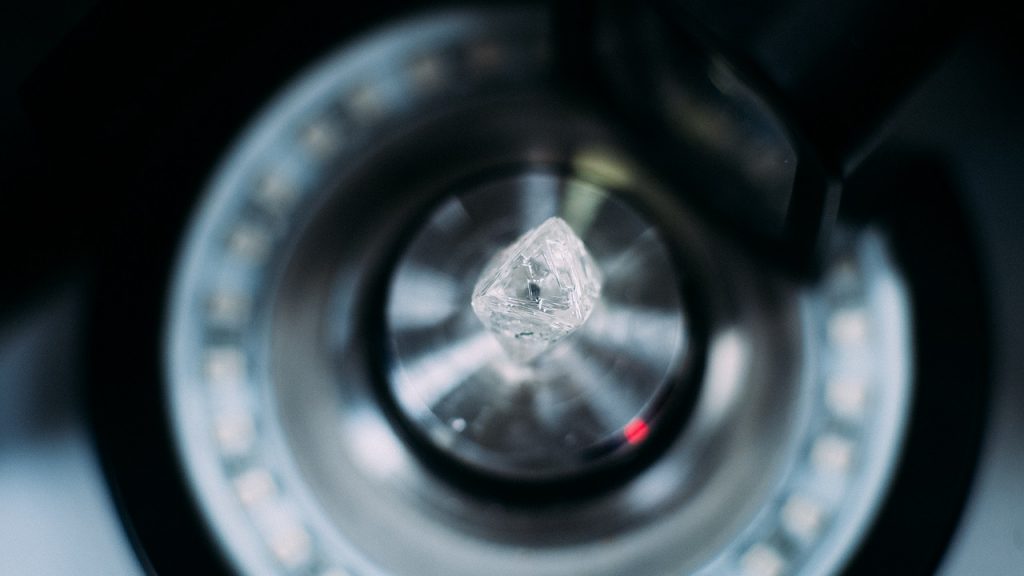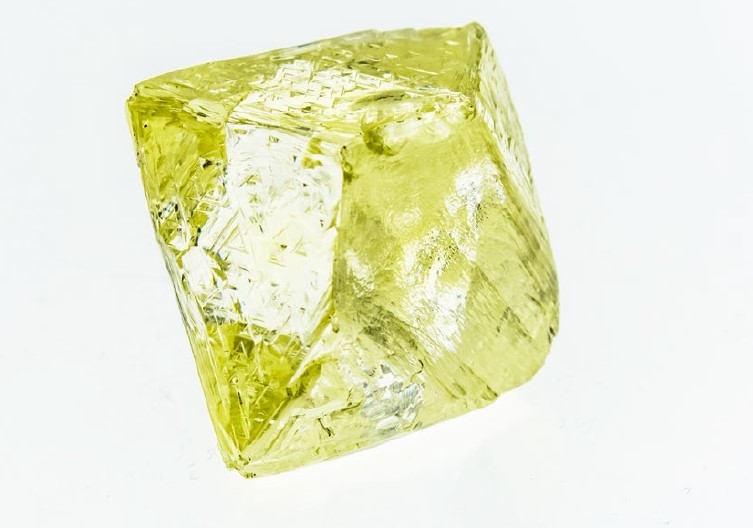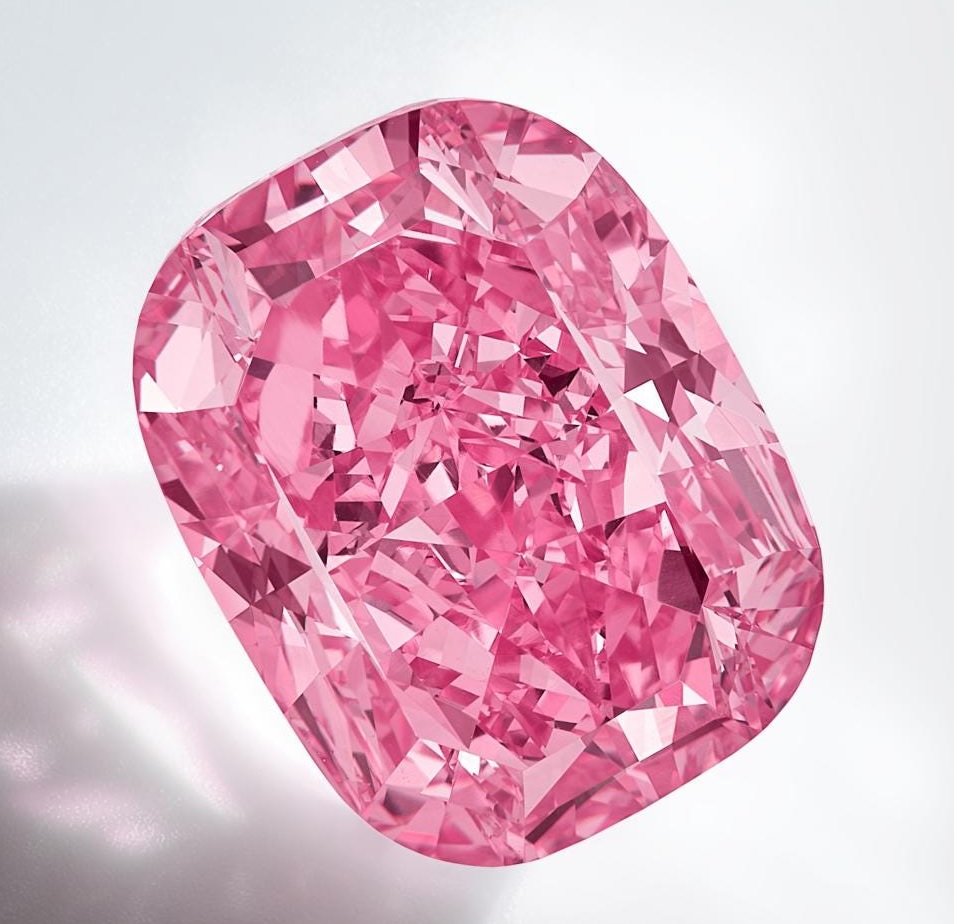
The US Department of the Treasury has issued sanctions against four companies and an individual in the gold and diamond industries that have provided funding to Russian military organization Wagner Group.
The Central African Republic (CAR), United Arab Emirates (UAE) and Russia-based entities have “engaged in illicit gold dealings” to help Wagner “sustain and expand” its army in Ukraine and Africa, the government office said Tuesday.
“Treasury’s sanctions disrupt key actors in the Wagner Group’s financial network and international structure,” explained Brian Nelson, under secretary of the Treasury for Terrorism and Financial Intelligence. “The Wagner Group funds its brutal operations in part by exploiting natural resources in countries like CAR and Mali.”
The targets include:
Midas Ressources, which holds the rights to the Ndassima gold mine in CAR, and Diamville, a gold and diamond purchasing company that participated in a gold scheme and the shipment of diamonds mined in the African country to help fund Wagner activities.
Dubai-based industrial goods distributor Industrial Resources General Trading, which provided support to Wagner leader Yevgeniy Prigozhin by purchasing the diamonds sold by Diamville in exchange for cash to support the military group.
Limited Liability Company DM (OOO DM), a Russia-based firm accused of participating in a gold-selling scheme with Diamville.
Andrey Ivanov, an executive in the Wagner Group who facilitated weapons deals and mining operations with the government of Mali.
The announcement follows Wagner’s attempted rebellion against the Russian government last week. Prigozhin called off the mutiny and went into exile in Belarus.
The sanctions are the latest round against the Wagner Group, which the US has labeled a “significant transnational criminal organization.” Australia, Canada, Japan, the UK and the European Union have also sanctioned the military entity.
Source: DCLA















